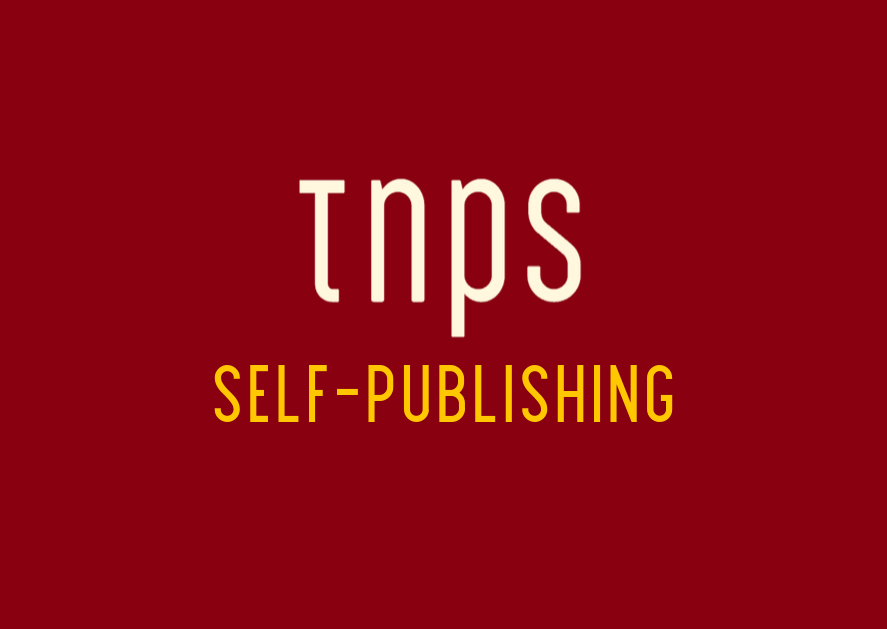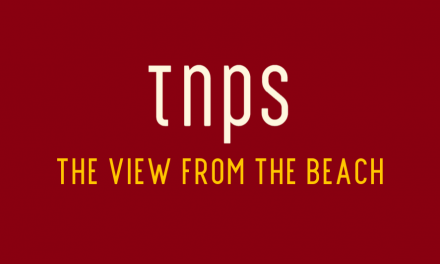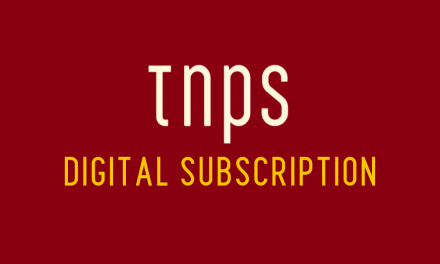Shatzkin: “The biggest change of all is that publishers aren’t “necessary” for an author to have a “published book” available for promotion or educational or any other use.
Mike Shatzkin’s latest essay on the state of the US publishing industry has the usual totally unsubtle plug for Ingram, but still worth a look.
Shatzkin posits that,
it has become very difficult, bordering on impossible, for a commercial entity to make money consistently publishing new titles.
That in itself is a curious argument given no publisher worthy of the name only publishes new titles and neglects its backlist, and last year was a record year for publisher profitability, riding high on new and backlist sales.
But what Shatzkin asserts (minus the plug) is that.
Thirty years ago, each new book coming into the world in English was competing with 500,000 incumbents that were at least theoretically) available for purchase. That was the total number of books “in print” in English in the world. Today that number has grown to more than nineteen million titles.
Up until twenty years ago, bookstores sold the lion’s share of the books. Only serious publishers with sales forces, warehouses, inventory, and relationships with retailers could compete for sales. Now bookstores account for as little as 20 percent of the sales. Most sales are made through online promotion and availability that give incumbent publishers no particular edge. So increased title competition has come along with the vanishing of the unique publisher sales and distribution advantage.
Not much to disagree with there apart from that 20%. Twenty per cent of what, exacty?
For fifteen years now authors have been publishing digitally, selling countless millions of books that have never had a counterpart in any bookstore.
Amazon’s Kindle Unlimited pot payout for 2022 is already at $500 million and with the December numbers still to add. That’s a huge volume of cash going to authors and small presses and most of these will be ebook only or ebook and KDP Print, meaning bookstores account for zero per cent. Ad o course that’s just part of a much wider self-publishing sector the mainstream publishing industry prefers to pretend does not exist.
At the other end of the scale I’m not seeing any major publisher asserting bookstore account for only 20% of their sales. That’s the figure usually reserved, without accuracy, for ebooks, and constantly and derisively referenced by print-focussed former CEOs like Markus Dohle.
But Shatzkin is back on track with his observation that,
The biggest change of all is that publishers aren’t “necessary” for an author to have a “published book” available for promotion or educational or any other use. With very little cash or know-how, anybody can publish a book these days. Any author who commands an audience through a website or other business network can make a book available without a publisher. So putting a book out through a publisher is now a choice, not the only way to accomplish the task.
Well yes, agreed, but that change happened fifteen years ago, Mike, and the reality is that high-end self-publishing authors have been leading the way in innovating the industry for a long time.
Read Shatzkin’s full essay complete with Ingram plug at the Idea Logical Company blog.





